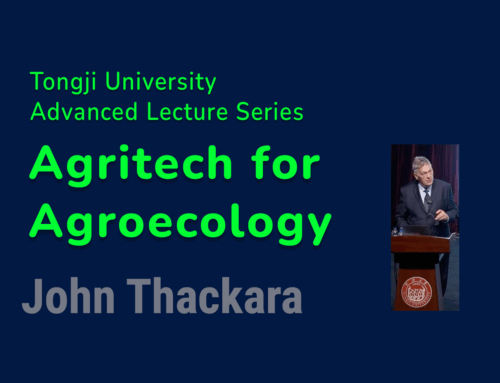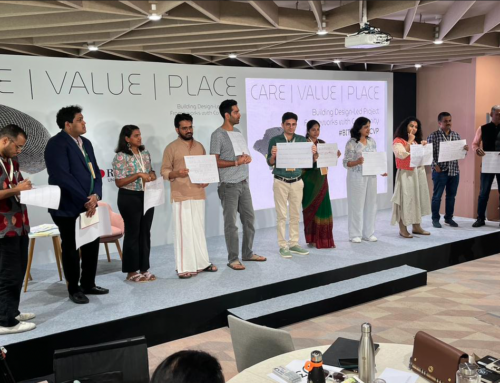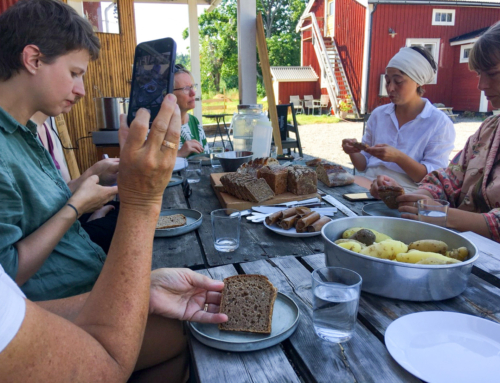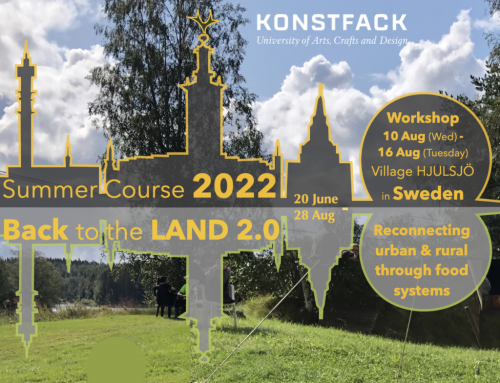If humans can live in skyscrapers, why not pigs and fish? When the Dutch architect Winy Maas first proposed that 600 metre-high skyscrapers, filled with pigs, could supply most of Europe�s pork needs, he was accused of proposing �concentration camps for animals�. But why should agriculture be restricted to the countryside, and organised horizontally? Would it not be efficient, and ecologically sounder, to move food production and consumption closer together? This is one proposal in 1,400 page book called KM3 by MVRDV. (Winy Maas is the M).
KM3 asks two questions: How much built space would be required in a world supporting ten times more people than it does today – 65 billion? And, how would such a city be organised? Maas and colleagues designed a hypothetical city that accomodates one million people and all their needs in the most compact possible form. For the purposes of the exercise, their city is autarchic: It has no neighbours, and must meet all its needs internally. As design inputs, the team assembled an extraordinary list of spatial reguirements – from the amount of volume needed for food production (20 percent) to the average volume of a psychiatric hospital (446 square metres).
Although startling in scope, KM3 is an extrapolation of existing trends. Among familar urban areas designed to be highly dense are Les Halles and La Defence in Paris, the Barbican in London, and Bijlmermeer in Amsterdam. These examples do not inspire joy at the prospect of a KM3 future. The French sites, in particular, are so ghastly that they feature endlessly in dystopian gangster and science fiction movies. But for Maas, these contemporary examples are imperfect not because they are dense, but because they lack “programmatic diversity”. They are monocultures. 3D cities will only work, Maas argues, if they contain a rich mix of acitivites: Not just work, or sleeping, but all forms of production, especially agricultural.
Hence the vertical pig cities scenario. What started as a design provocation has taken on a life of its own. Maas’ proposal has fed into an emerging proposal for a total reshaping of agriculture – at least in man-made Holland. A Dutch think tank, the Innovation Network for Rural Areas and Agricultural Systems, proposes the transfer of agricultural production to industrial areas near large populations of people. KM3, Excursions On capacities. MVRDV, 2006. Actar, Barcelona



